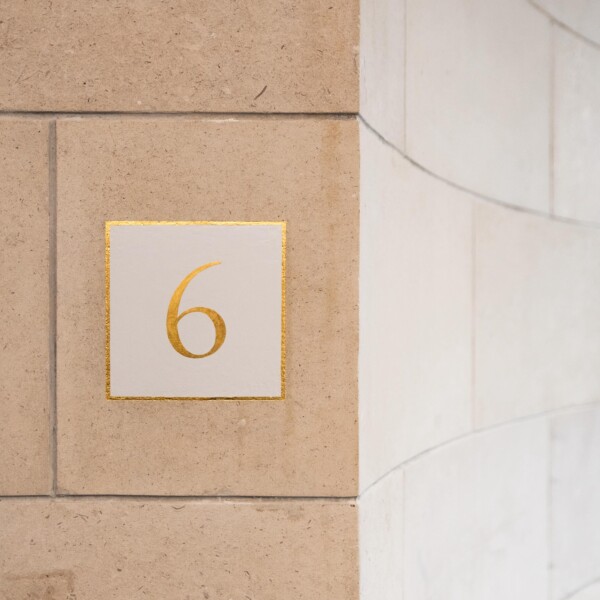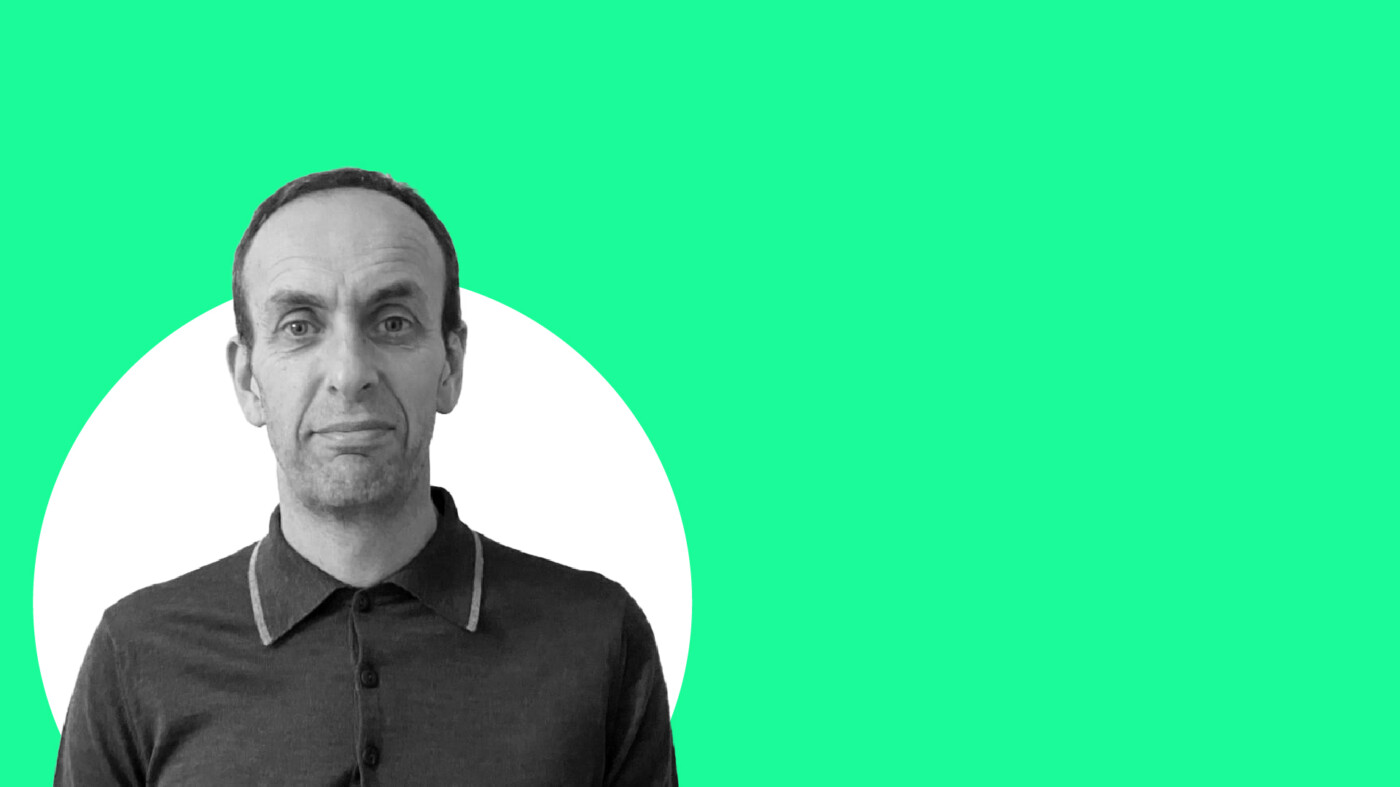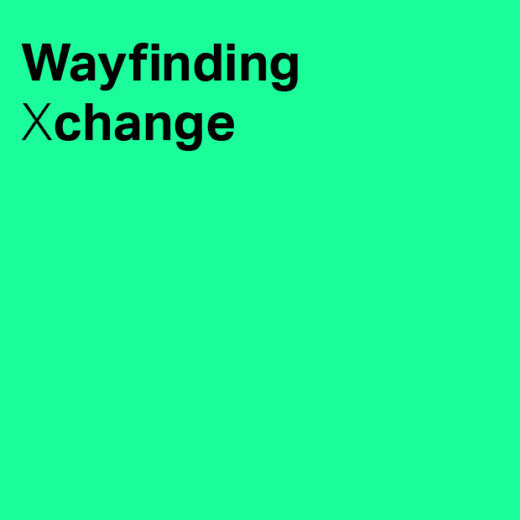Mark’s way into traditional signwriting
Mark first got interested in signwriting at school. He liked art, and one of his favourite activities was to copy the artwork of some of his favourite bands – like The Jam and The Clash. He had an eye for reproducing lettering. Seeing a signwriter working in the street one day made him curious, so he looked into it as a possible career. In 1979, a careers’ teacher told him it was a dying trade, which immediately put him off. Five or six different jobs later, Mark got chatting to a semi-retired signwriter in Tenerife. His interest was sparked again.
Back in London, Mark discovered the sign works course at Hammersmith And West London College. Quitting his job at the Post Office, he managed to get a grant to complete the course before being taken on by a firm – Phelps Publicity – as an apprentice. It was 1985, and the first sign-making computers had started to come into the industry.
In those days, the company only had a couple of signwriters. This enabled Mark to get a couple of years experience of Roman lettering and block lettering, giving him a solid grounding. In those days, the world still relied on traditional signwriters. It was a much bigger industry than it is today.
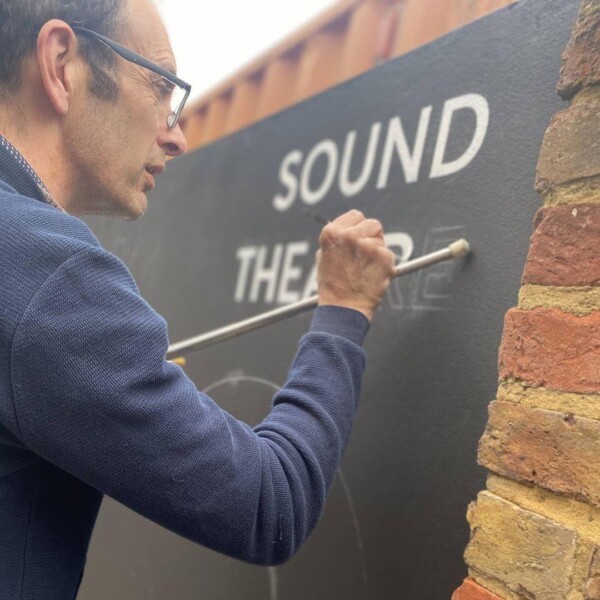
Years ago, signwriters could turn up on site without knowing what they would be doing. Today, that’s less common – but it still happens – especially in pub signage. Sizes and styles are often decided on the day, and access, conditions, and surfaces can be challenging. Responding to all that is a real skill. Traditional signwriting is a craft, and that’s where Mark’s experience comes in.
Traditional signwriting uses paint and a brush. Mark remembers drawing up shapes using a set square and a compass and transferring them to a board, as part of a City & Guilds qualification. These days, traditional signwriting courses are only offered by a few colleges. Some traditional signwriters offer one or two-day courses, but these can be a mixed bag.
Today’s hand-painted signs are often based on computer-generated designs scaled up using a plotter to create a pounce pattern – a series of holes that mark the outline of the image. These are marked out with charcoal or chalk, depending on the surface.
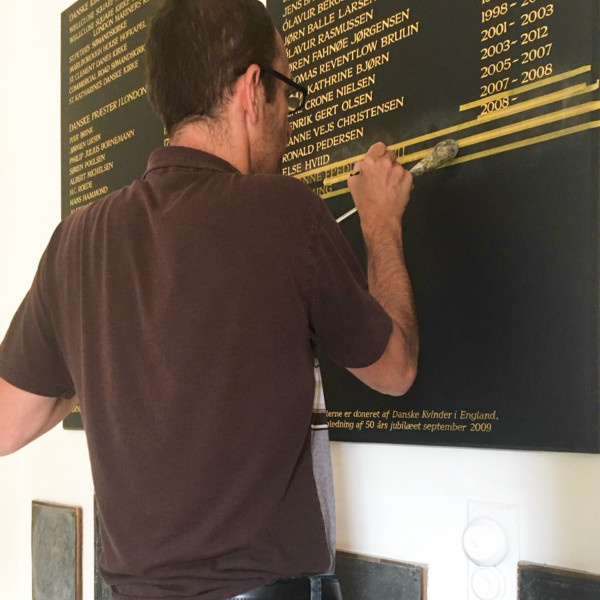
The dawn of digital and vinyl
Mark remembers when the first vinyl and vinyl cutters came in. Signs were designed on a computer and letters were cut from transferable vinyl. Mark soon realised he needed to embrace the changes or look for another job. Most of his clients were demanding vinyl.
Vinyl made things quicker. There was no longer a need to put 4 or 5 coats of paint on a sign. Vehicle signage switched to vinyl pretty much overnight – except for vintage vehicles. It meant vans weren’t off the road for very long and the resale value wasn’t impacted.
Mark sees himself as lucky. Much of the work he did – and still does – could not be done on vinyl. Introducing vinyl and a computer mask isn’t a viable option in many cases. Take honours boards for organisations such as bowls clubs and golf clubs, for example. This relies on the signwriter matching what was done before.
In addition, a lot of plant machinery work still requires manual signwriting – large corrugated cabins, for instance. There’s also demand from the television and film industry looking for traditional signwriting on period productions.
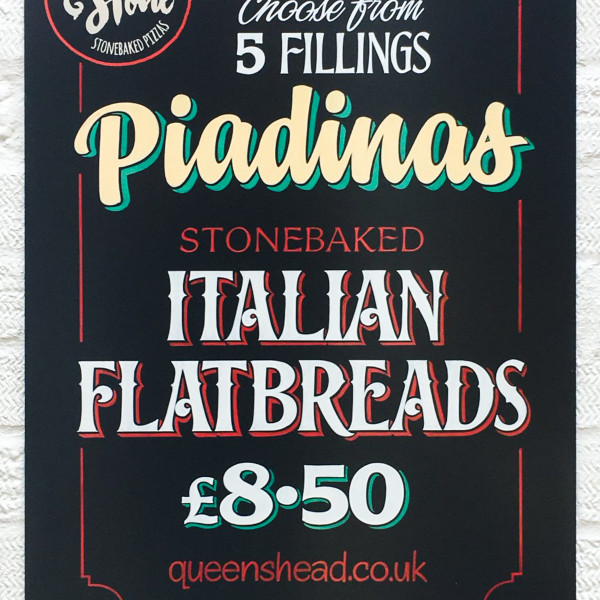
Modern demand for traditional craft
About a decade ago, there was a resurgence of interest in traditional signwriting. Thanks to the Internet, people can find traditional signwriters more easily. At the same time, many designers are looking to actively incorporate it. A lot of younger people are starting to come into the industry.
Nostalgia, authenticity, and craftsmanship have become increasingly popular. These things have created demand for traditional signwriting. At the same time, vinyl signs still come with the cost of installation. And they’re not always the best option, particularly with painted surfaces or in locations where people can easily pick it off.
Vinyl has its limitations. It can take off background paint and leave glue on the surface. People are also tempted to paint over the vinyl, which is a disaster. Painted signs are much easier to update. You can simply paint over them.
Many signs in pubs are gilded with gold leaf. Raised lettering used to be the thing, but right now there’s demand for traditional signwriting directly onto a wall or a gable end. There’s also still demand for handpainted signs on things like fairground equipment.
The typographical training that Mark had was drawing up letters at college. This taught him some of the fundamental rules about lettering – things like knowing which way round the thick and thin lines go in Roman type. Traditionally, signwriters had their own styles – their own script, block, and Roman – so you could tell, just by looking at a sign, who had done the work.
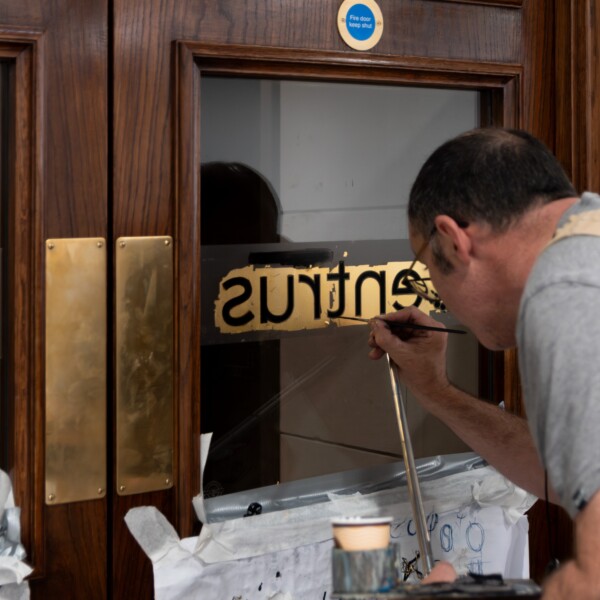
Successful collaboration on signage
Much of Mark’s work comes from big sign companies or directly from designers. Usually, they send over artwork in a PDF and Mark estimates the costs. Colour matching can be a challenge, so he tends to ask for colour codes.
He finds it satisfying to work with designers, delivering something really special and unique to their clients. He’s not afraid to share his expert opinion and critical eye to ensure designers and their clients get the best results.
Hand-crafted signage carries its own unique imperfections depending on the substrate. These details don’t show up on a computer screen. Mark’s worked with Endpoint on a number of wayfinding and signage projects, developing a mutual understanding and appreciation that imperfections are a mark of craftsmanship.
The application of graphics to different surfaces is a constantly-evolving art form. Many talented younger people are breaking into the industry. Technology is slowly being integrated to support the work of traditional signwriting without losing the craftsmanship.
Mark’s not afraid to use masks (stencils) to get a job done, efficiently. That’s because when a designer wants a design on a wall – and they’re looking for it to be painted – they don’t necessarily need the hand-painted look and feel.
Discover more about Mark’s work at https://spectrumsignsuk.co.uk/
Our podcast is available on Spotify, Apple Podcast and YouTube. Don't forget to subscribe and rate us!
